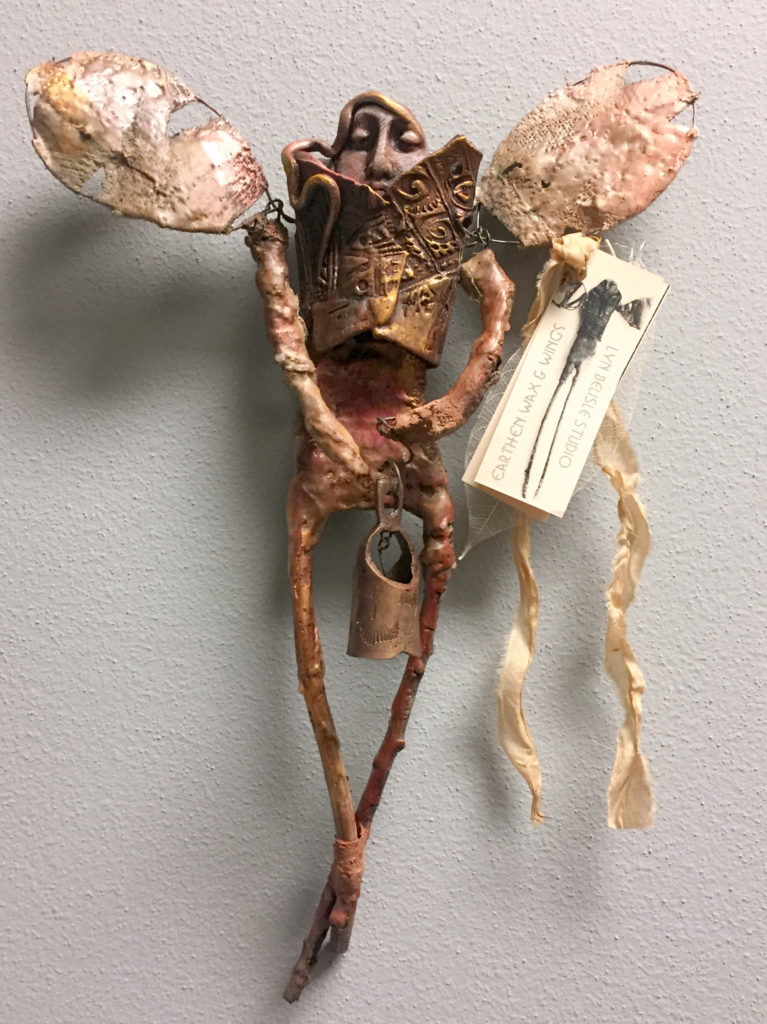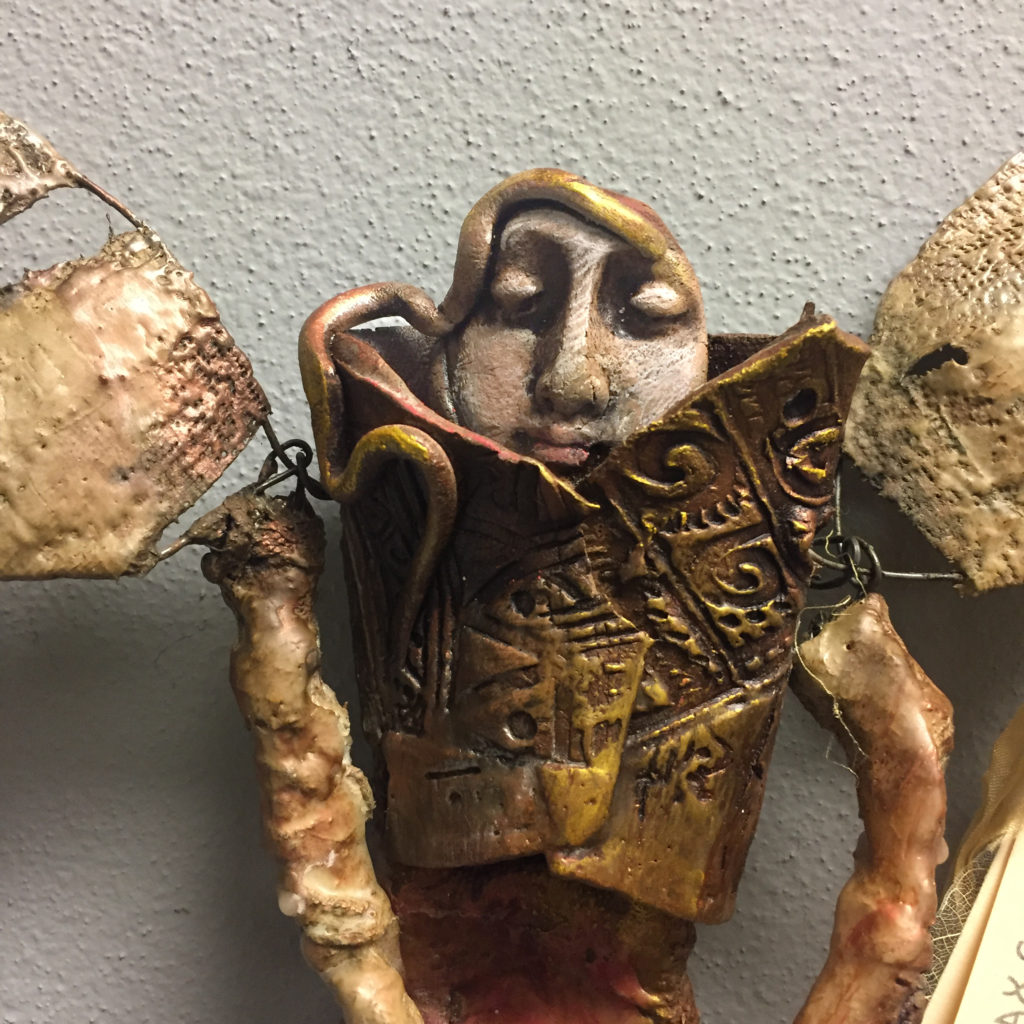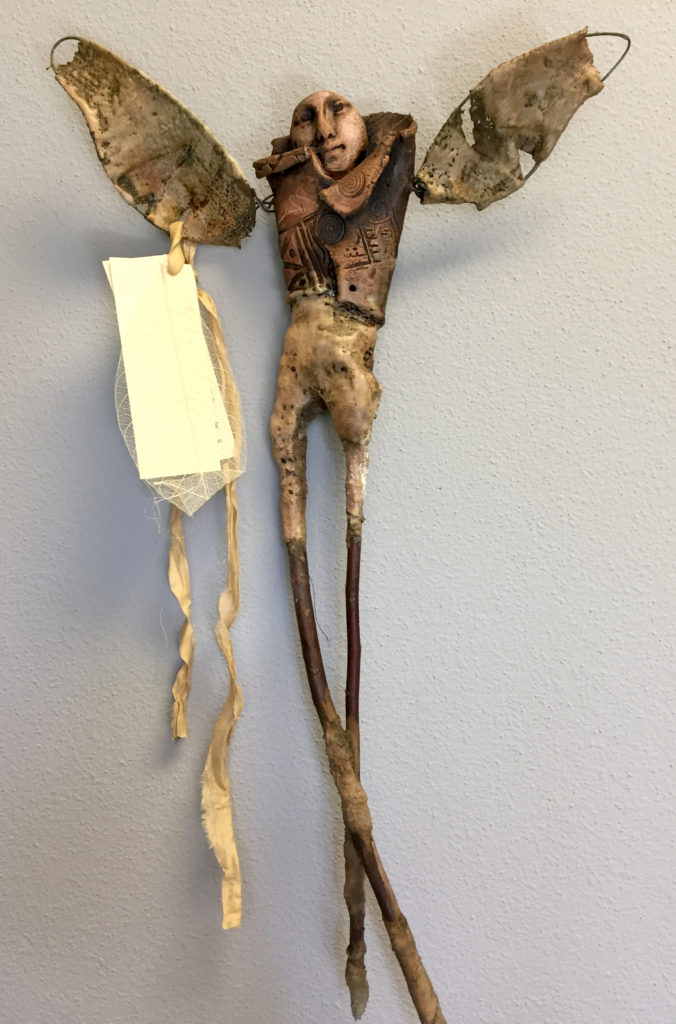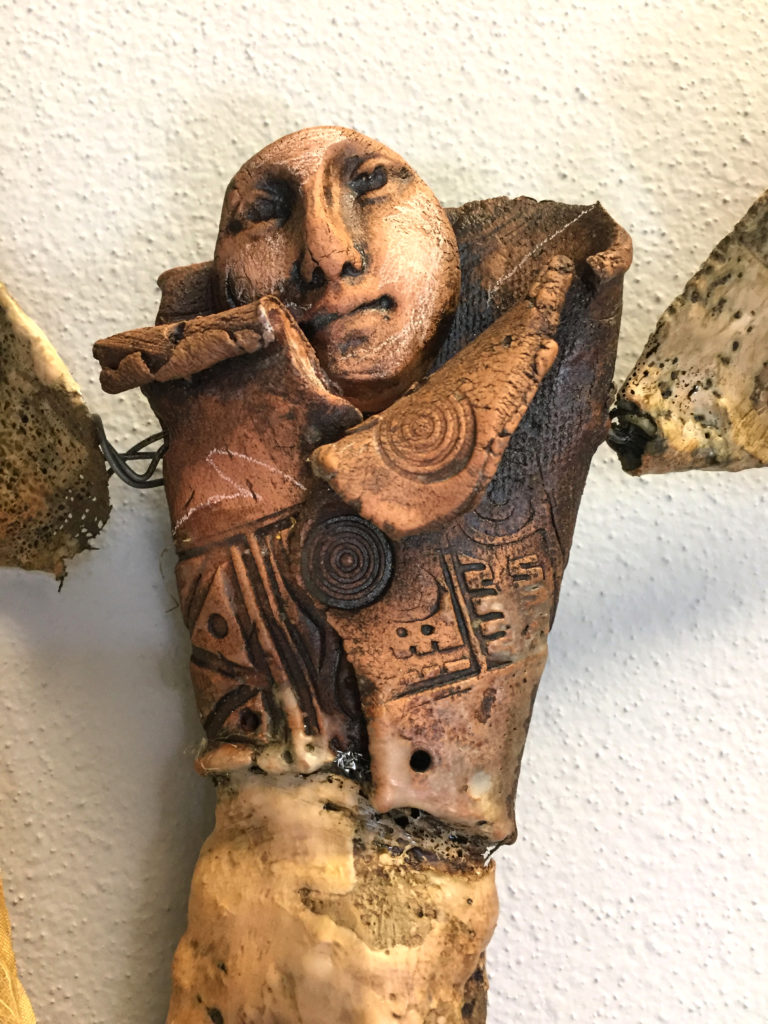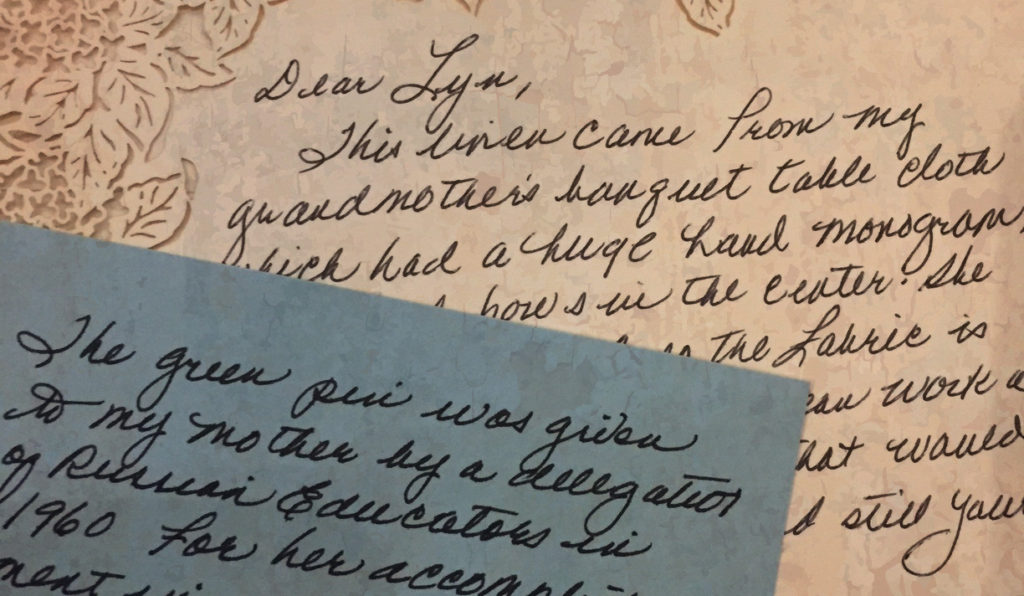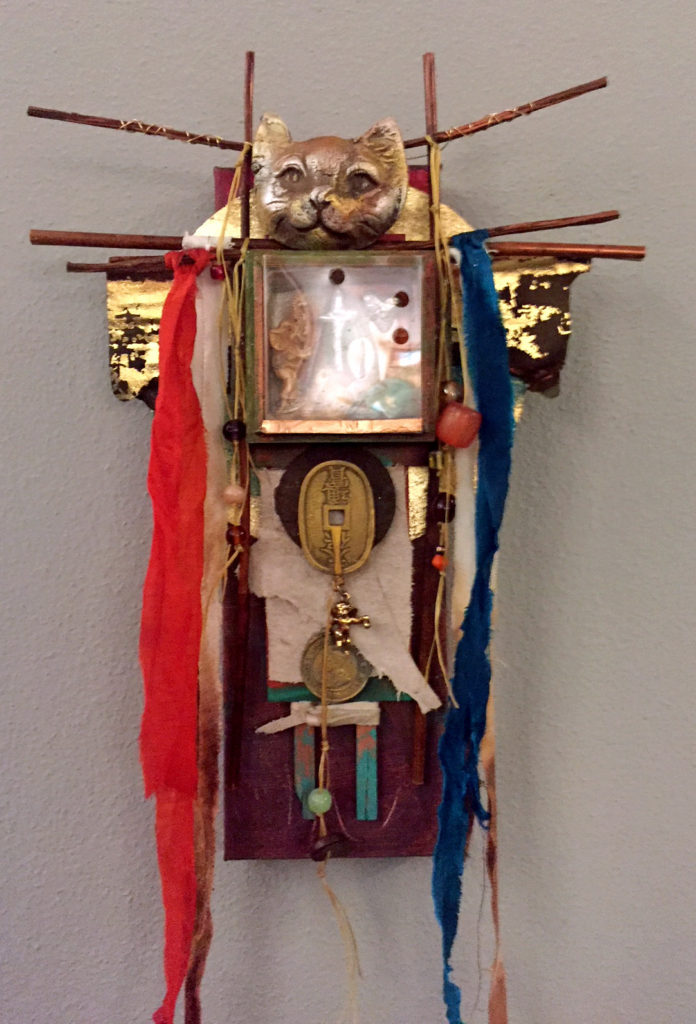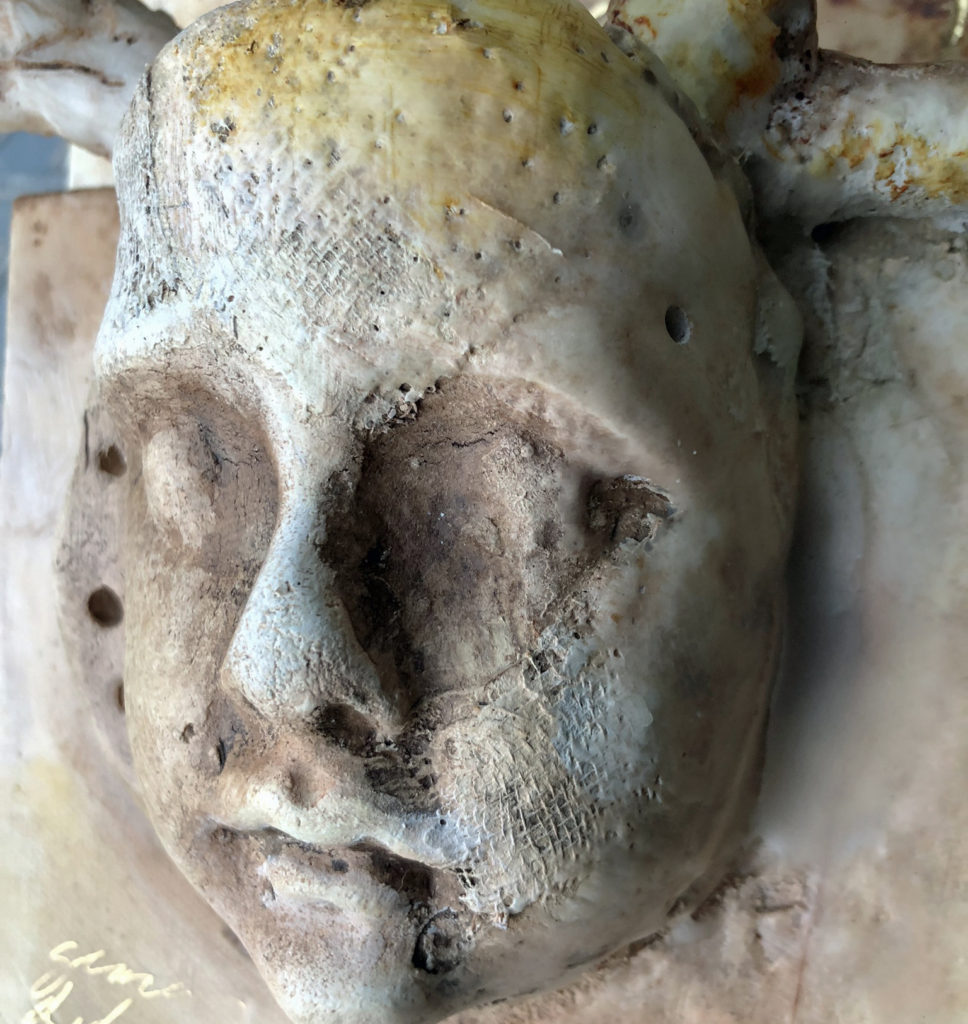
Grace and Deliverance (detail), Clay and Encaustic, Lyn Belisle, 2018
I’ve been working with earthenware clay and encaustic medium for a few years now, and really enjoying the combination.

But it occurred to me that not all encaustic artists have a chance to try this combination since they don’t have unlimited access to fired clay like I do.
Then it occurred to me that I have an Etsy shop that sells unglazed clay shards to artists. Hmmmmm. Then it occurred to me that I just got a notice about a discount deal for advertising in Encaustic Arts Magazine.
Aha – the “Earthenware and Encaustic Exploration Set” was born!
I find that when you get an idea, just go ahead with it as if it were already real! Don’t worry about how it’s all going to work. So I put together an ad for Encaustic Arts Magazine that looks like this using photos that I took especially for this purpose:
To make the pieces look good for the ad, good lighting was necessary for the photographs of the clay pieces. So I’m sharing with you a link to a photo light box that I have found to be extremely useful for all kinds of objects – and it’s cheap (about $40) and has its own light source.

It folds up into a flat package, and it comes with different colored backgrounds. As always, you get what you pay for – it’s not what you’d find in a professional photo studio for sure – but it does give good lighting for items up to about 12″.
This is what an art object looks like inside the light box:

Of course, you crop the photos so the edges of the photo box don’t show!

Here are some of the Encaustic Shard photos taken in the new light box – good detail! By the way, I use my iPhone for taking the photos 99% of the time. You don’t need a fancy camera.



To create the ad for Encaustic Arts Magazine, I wrote a simple description of how an encaustic artist might want to experiment with clay on a small scale. The I added the photos. You’d be surprised at how easy it is to put something like this together. True! Here’s a link to how to make an ad using Microsoft Word.
Anyway, if there is a point to this post, it is to follow up on an idea that you think might work as if it were already a success, using tools that facilitate the process.
It’s important to start with the conviction that the idea it WILL work – and in fleshing out the idea, you learn a lot along the way. If it doesn’t work, the journey itself is worth the price of admission!

I’ll let you know if the “Earthenware and Encaustic Exploration Set” appeals to encaustic artists when the ad comes out in June, but even if it doesn’t, it’s always fun to put together an inspiration!


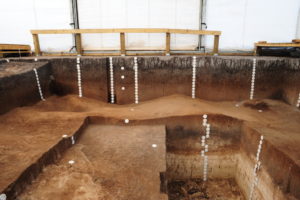

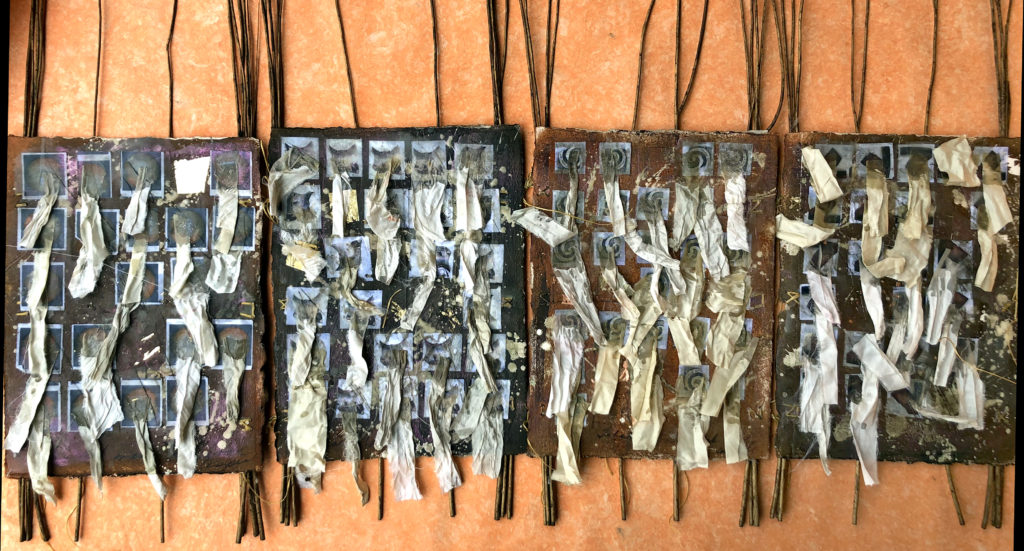

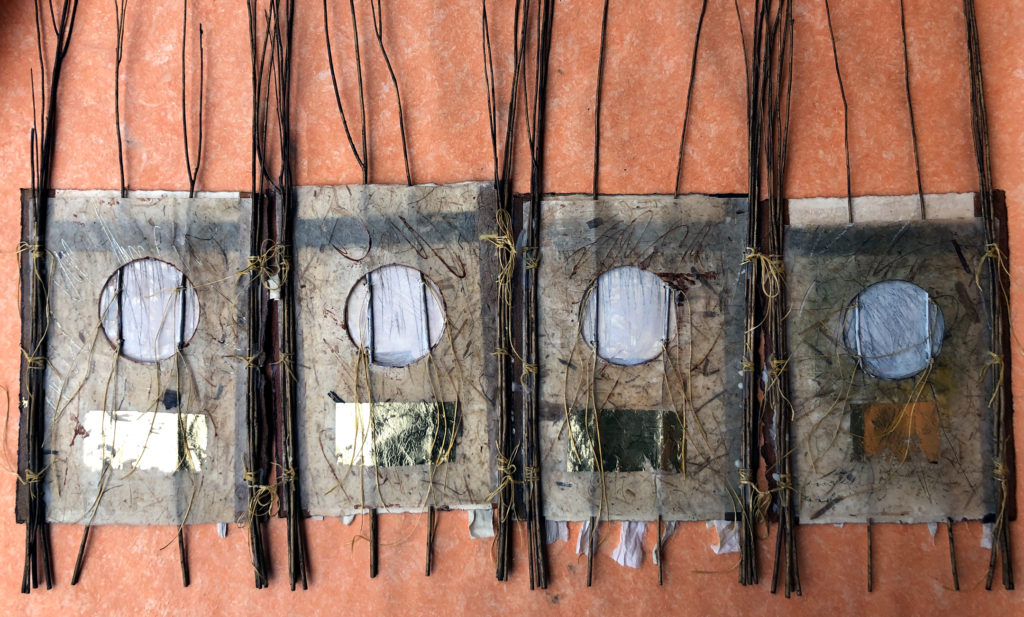
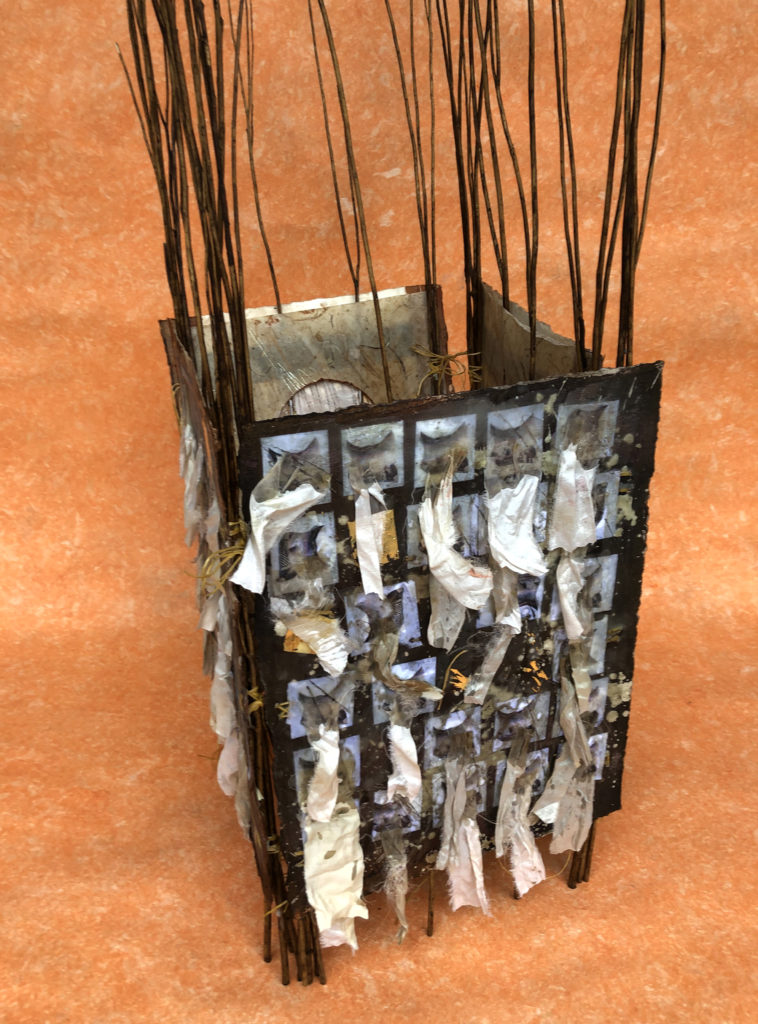
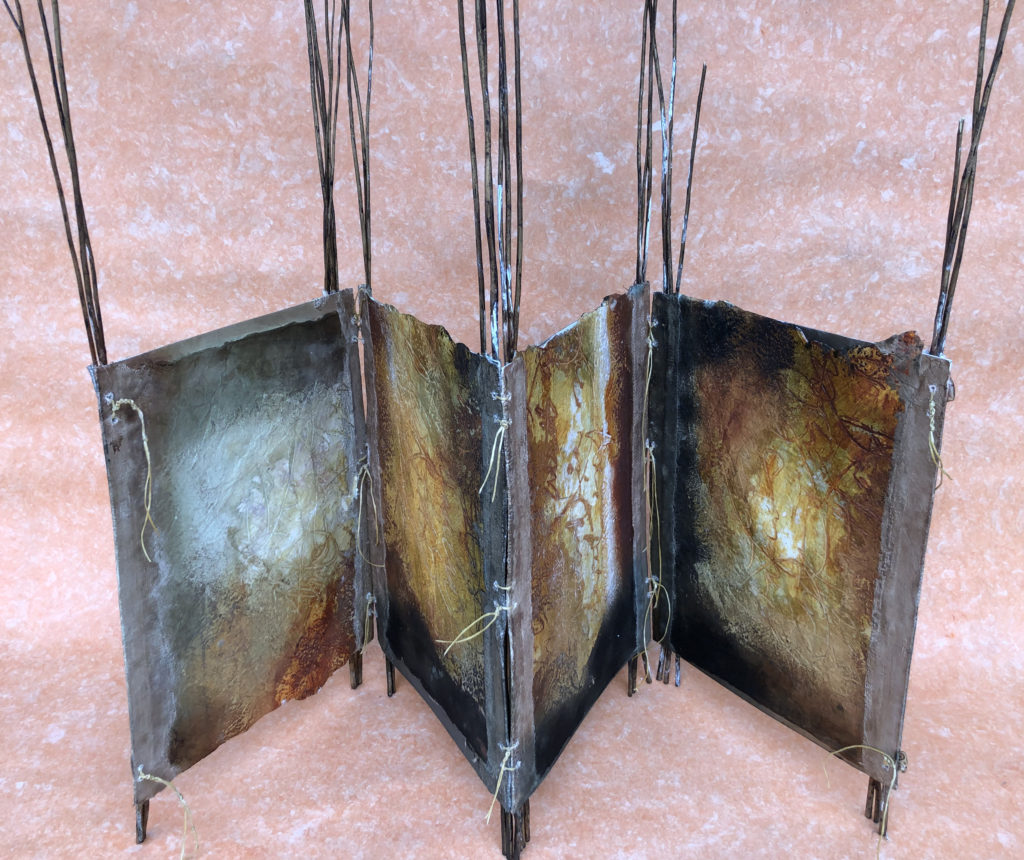
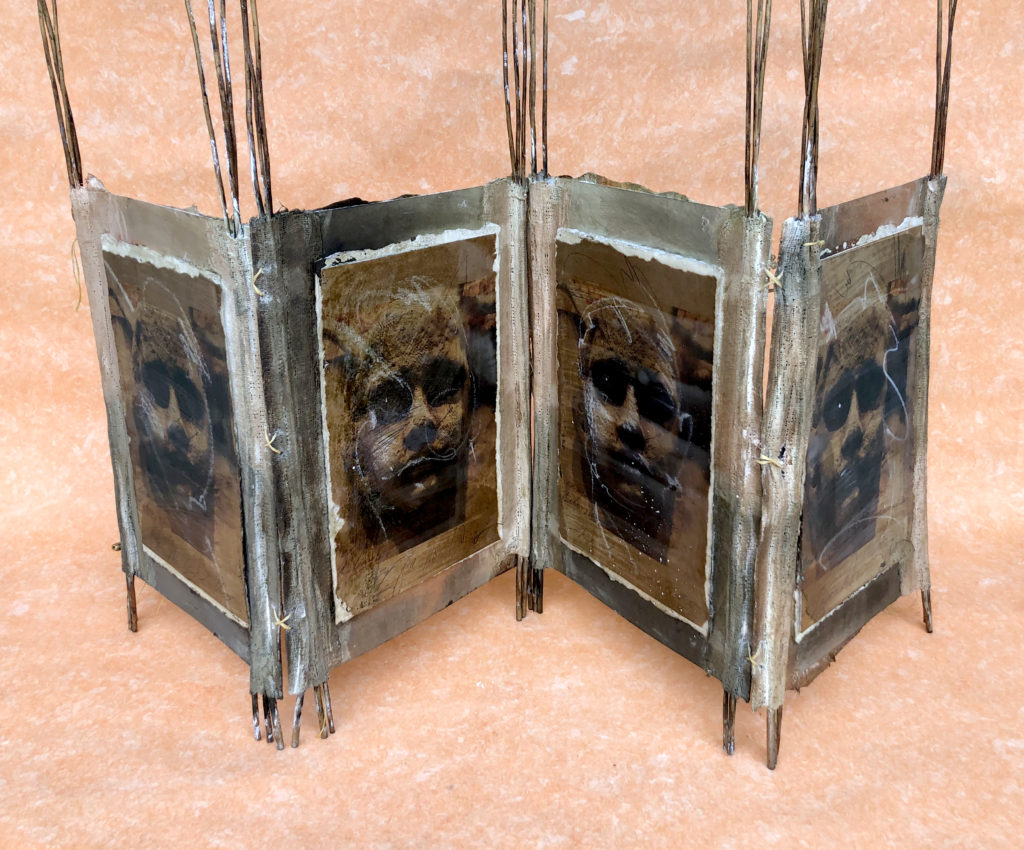
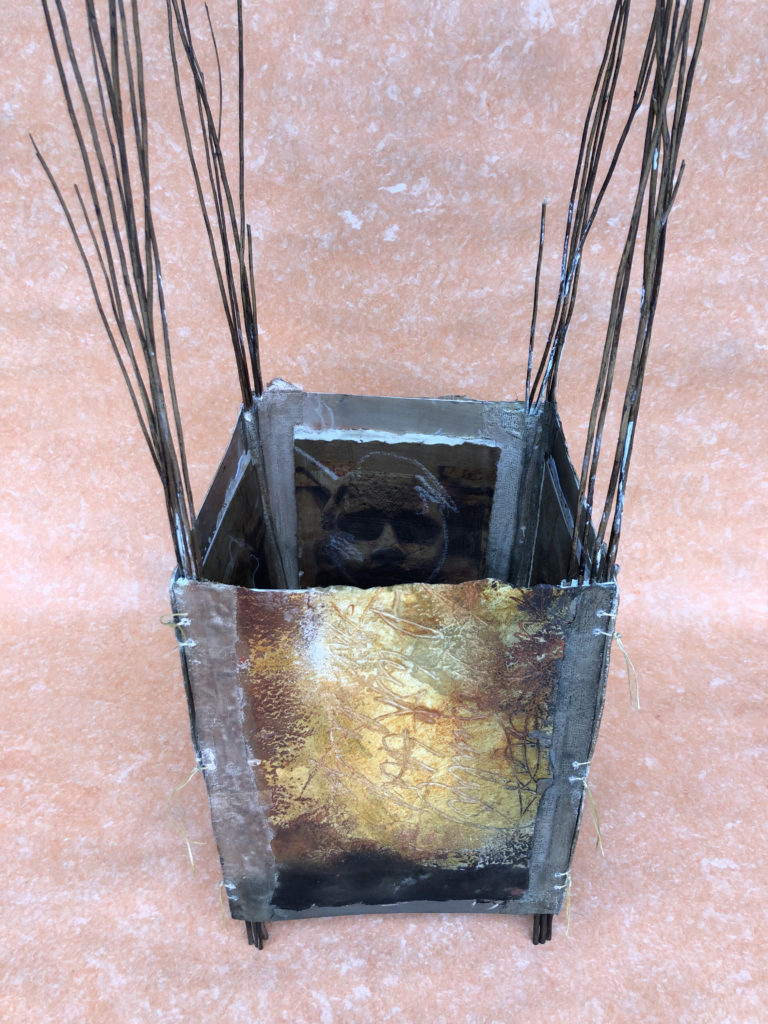
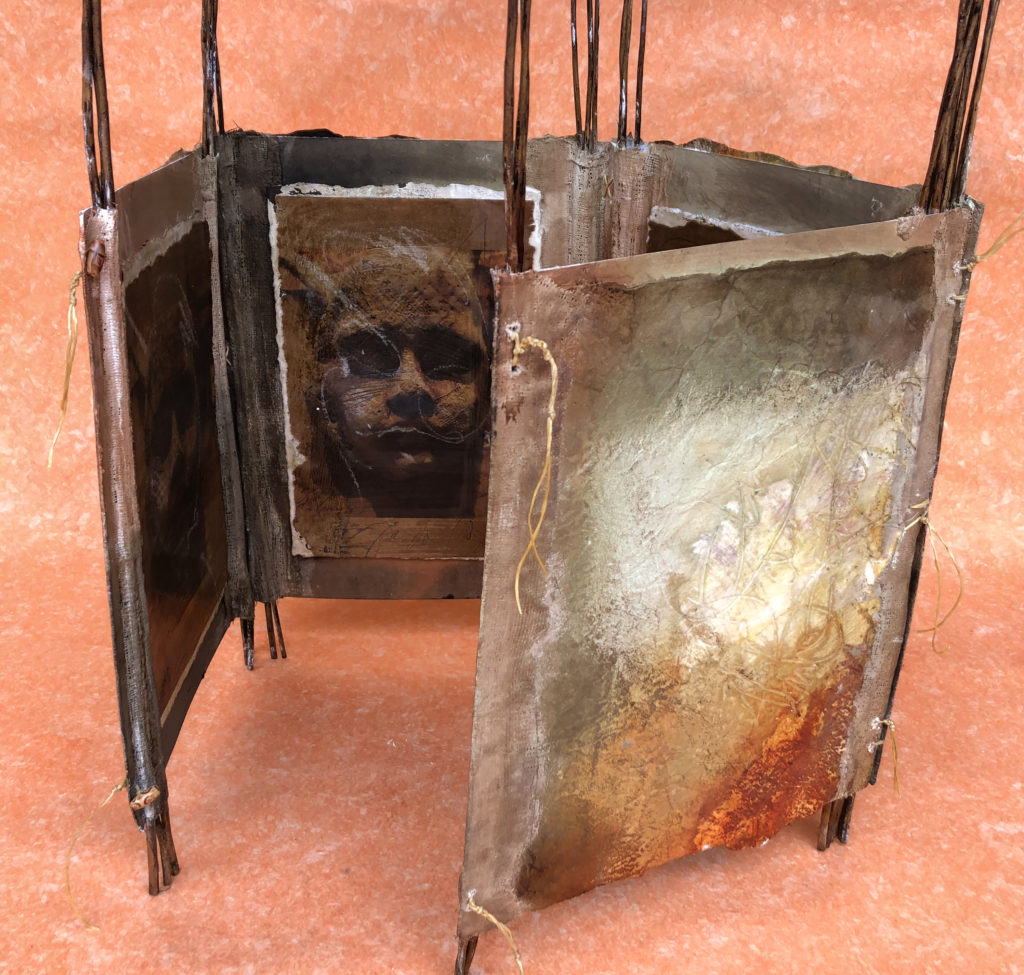


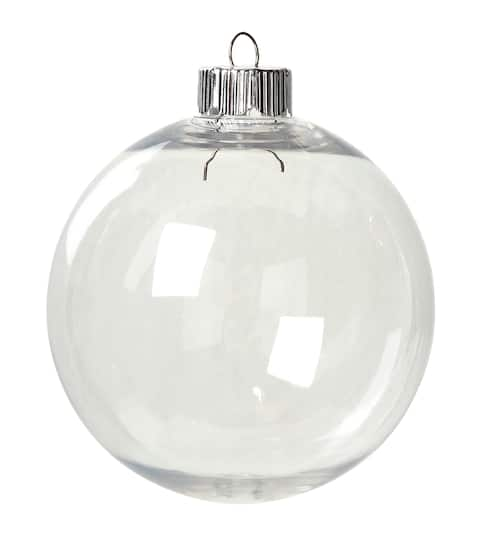
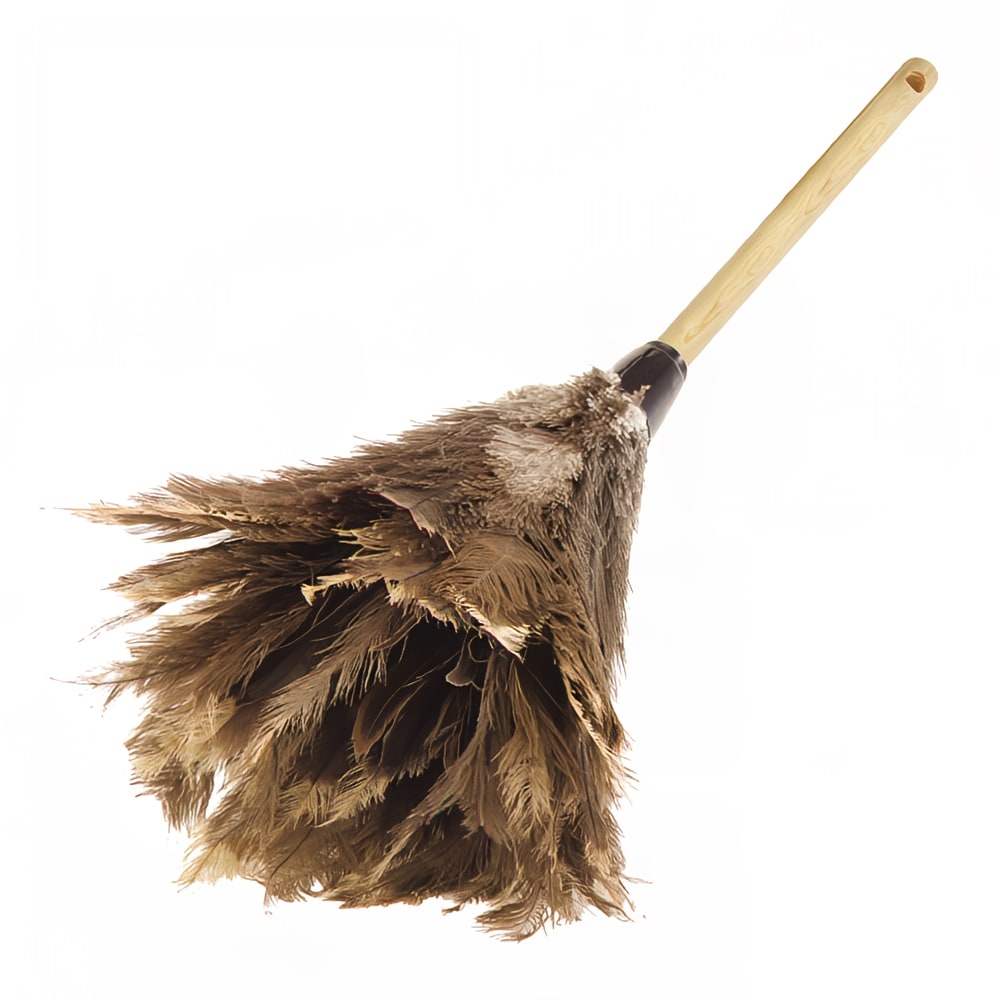
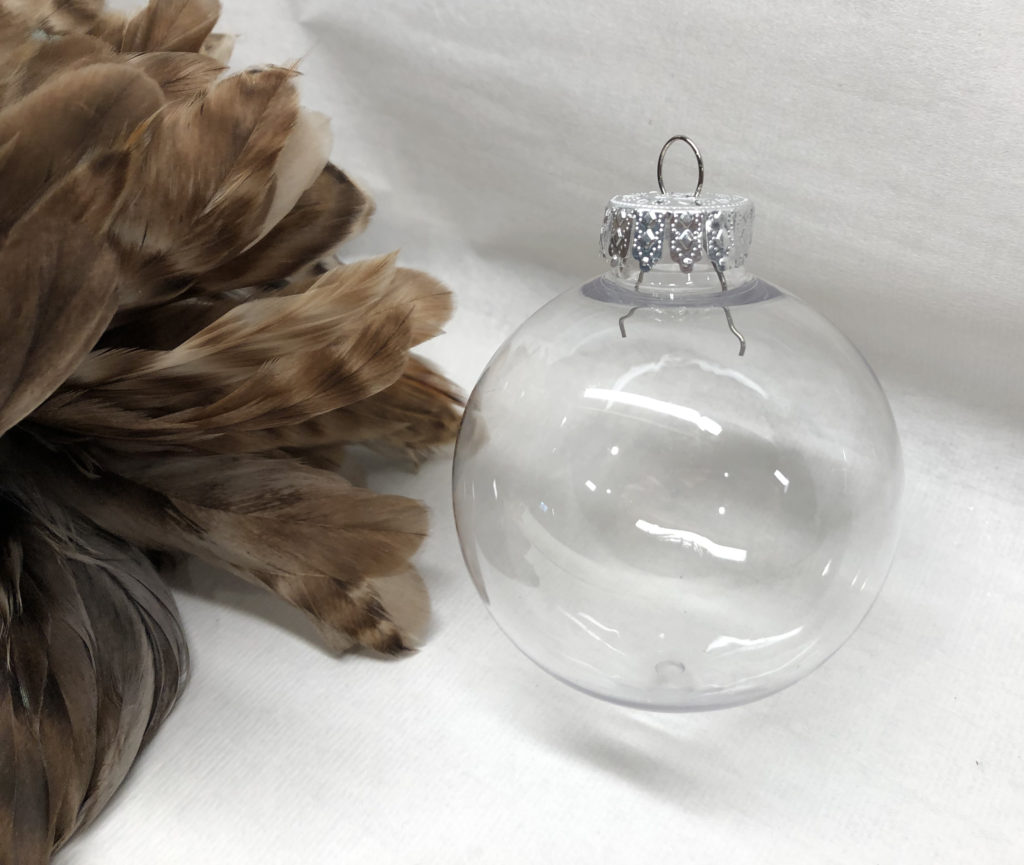


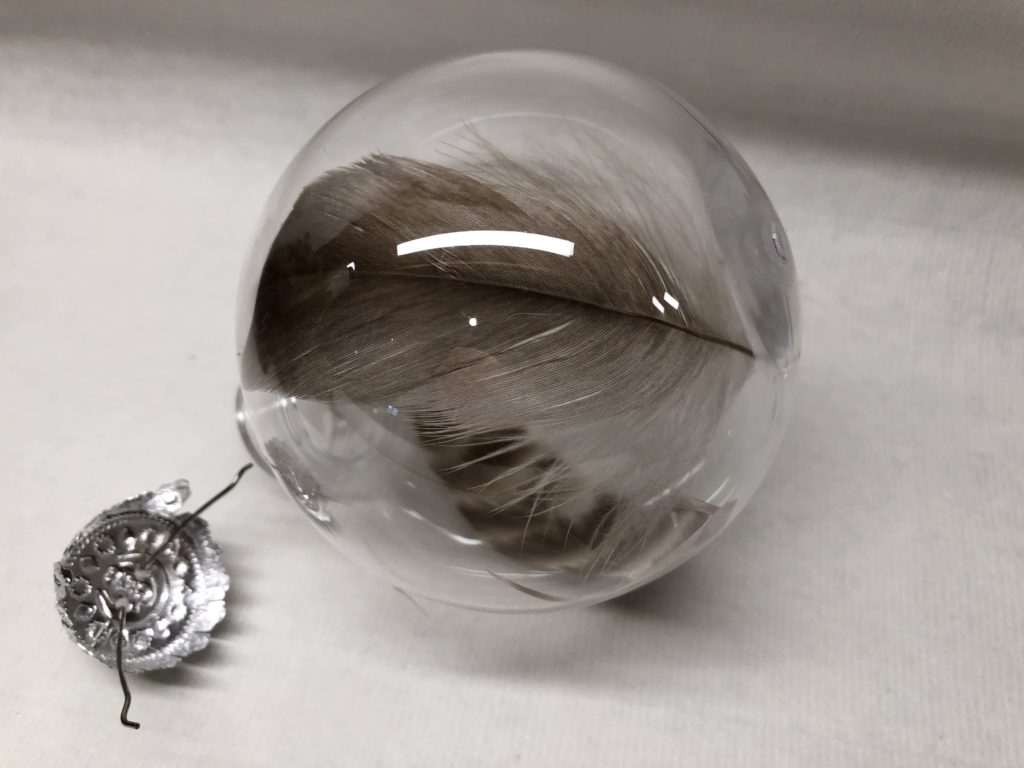

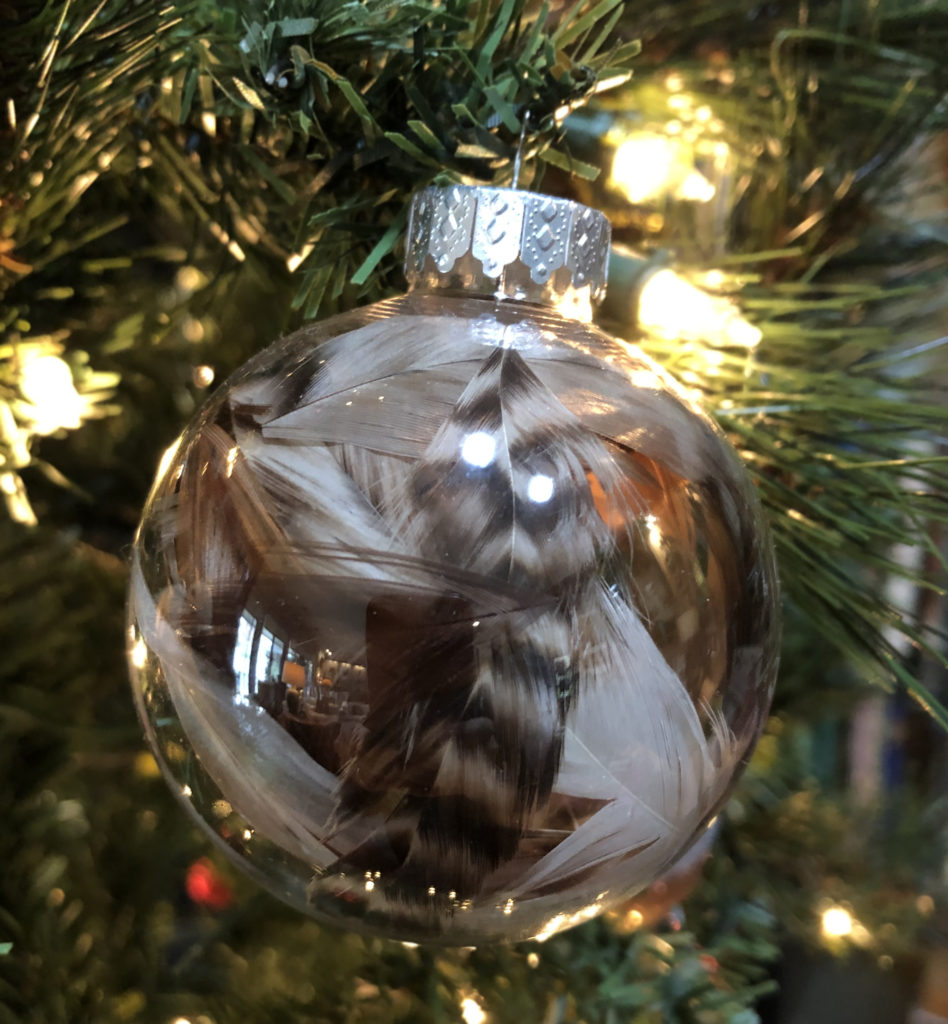
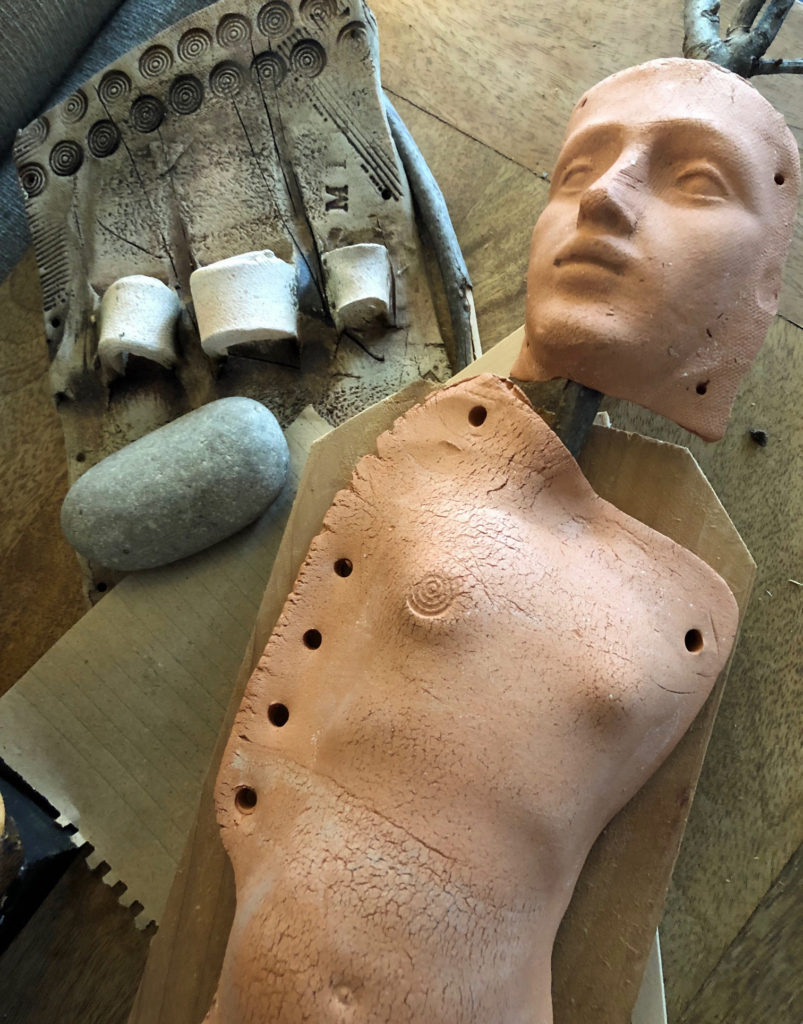


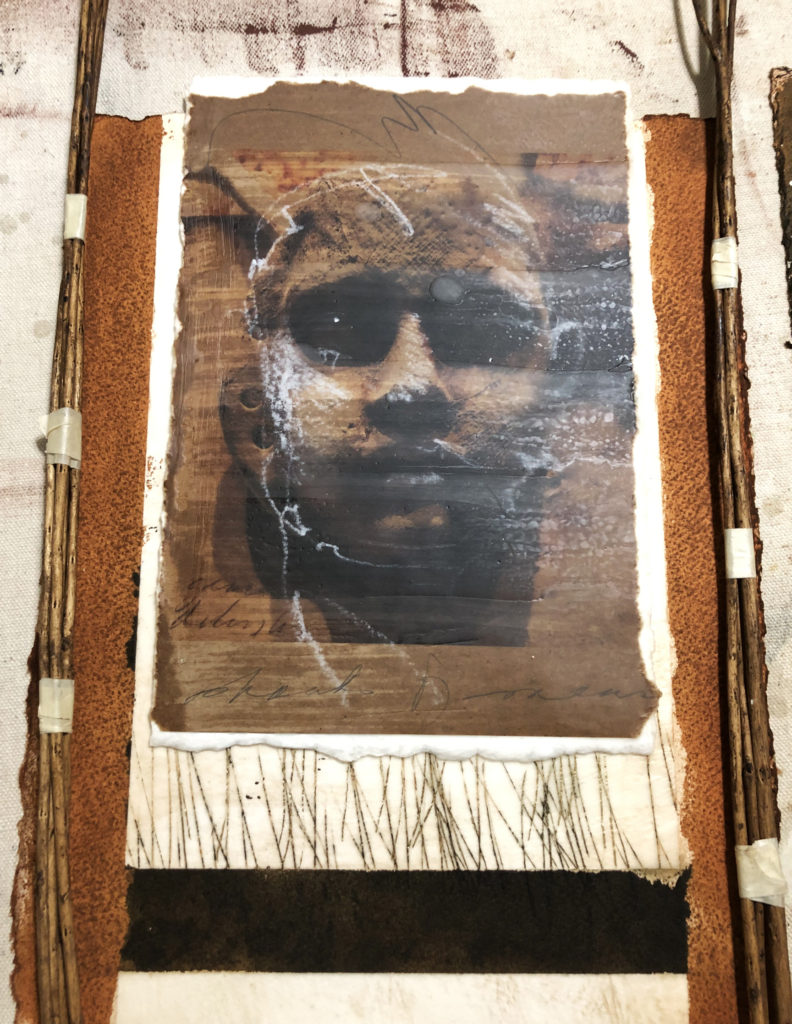


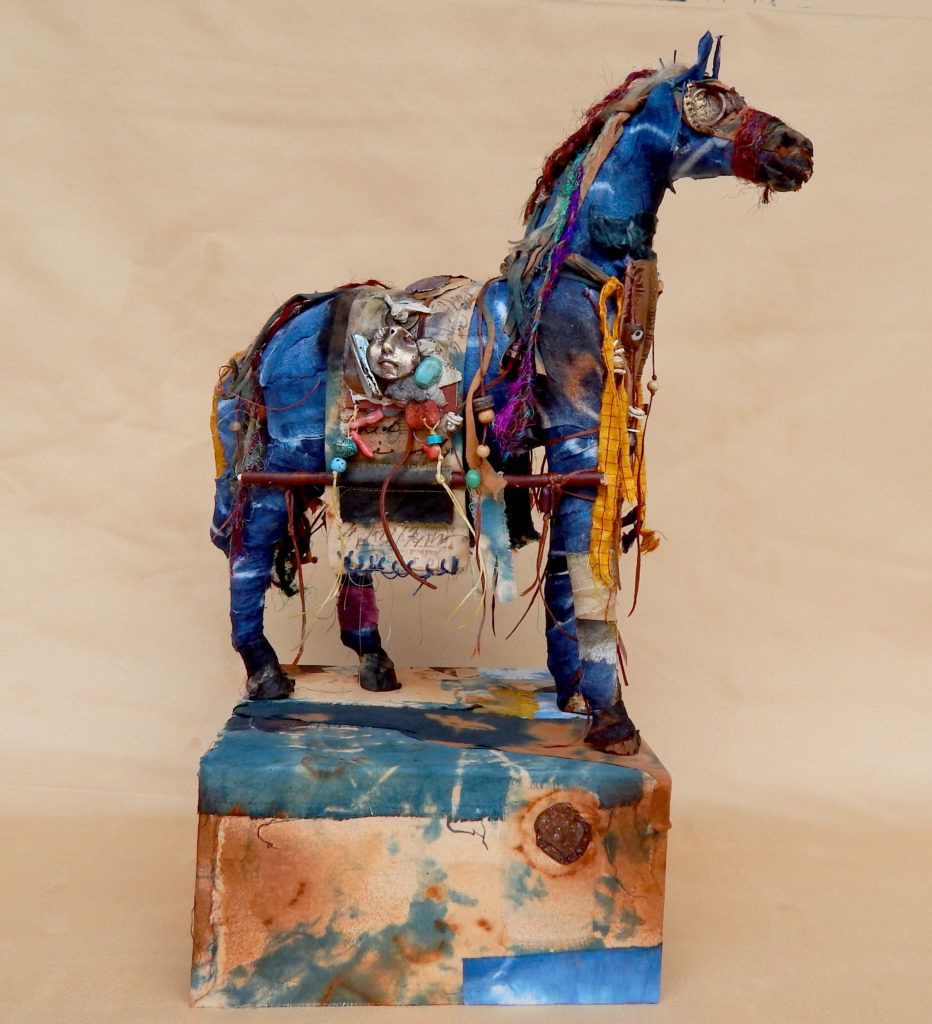


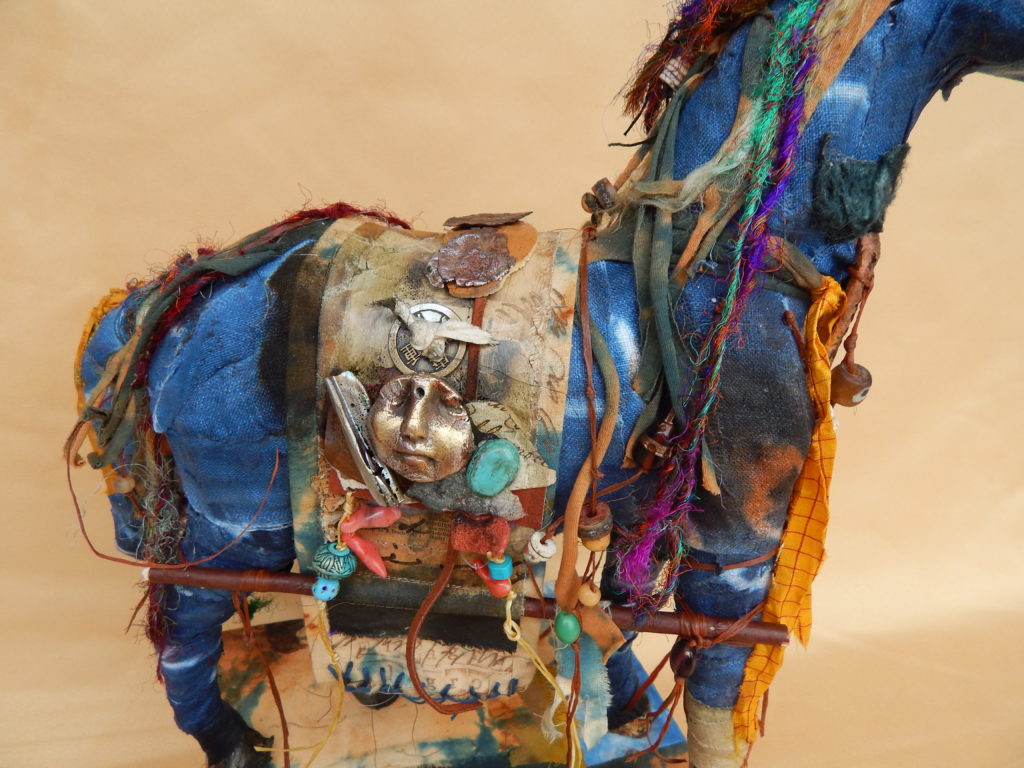
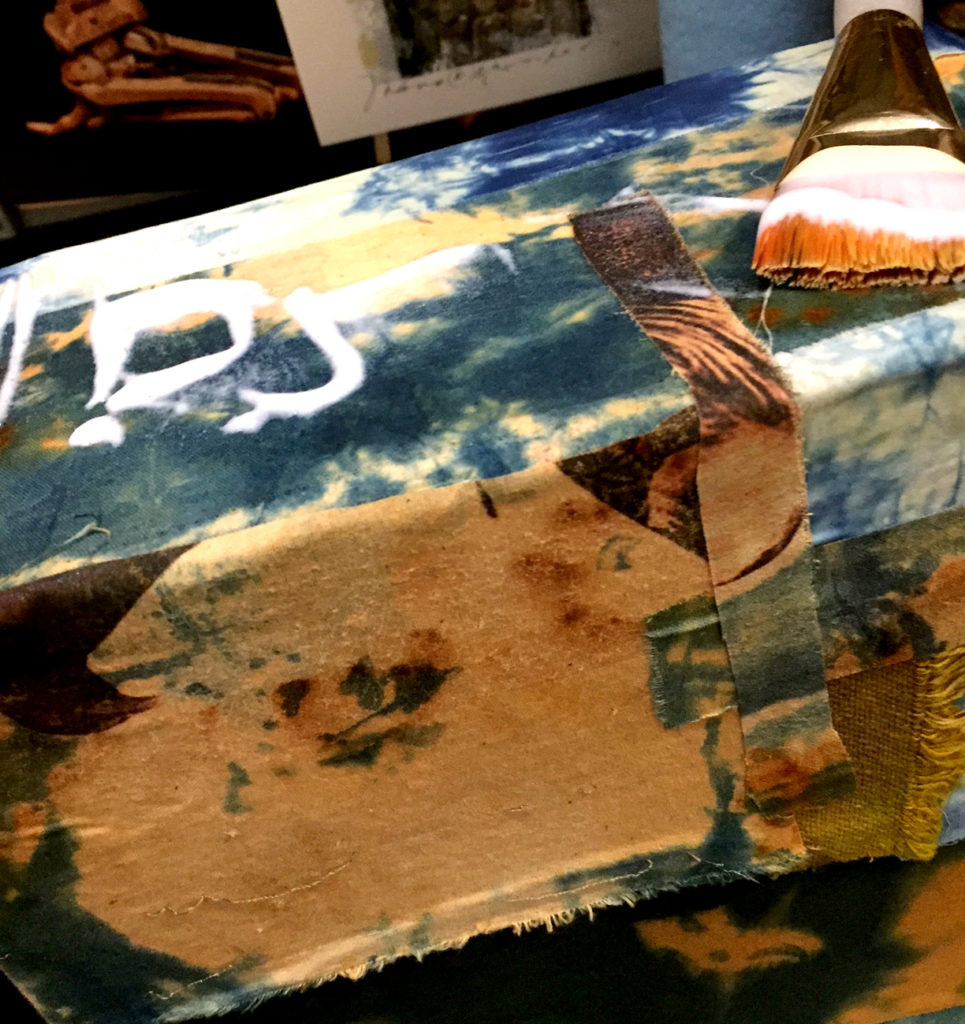
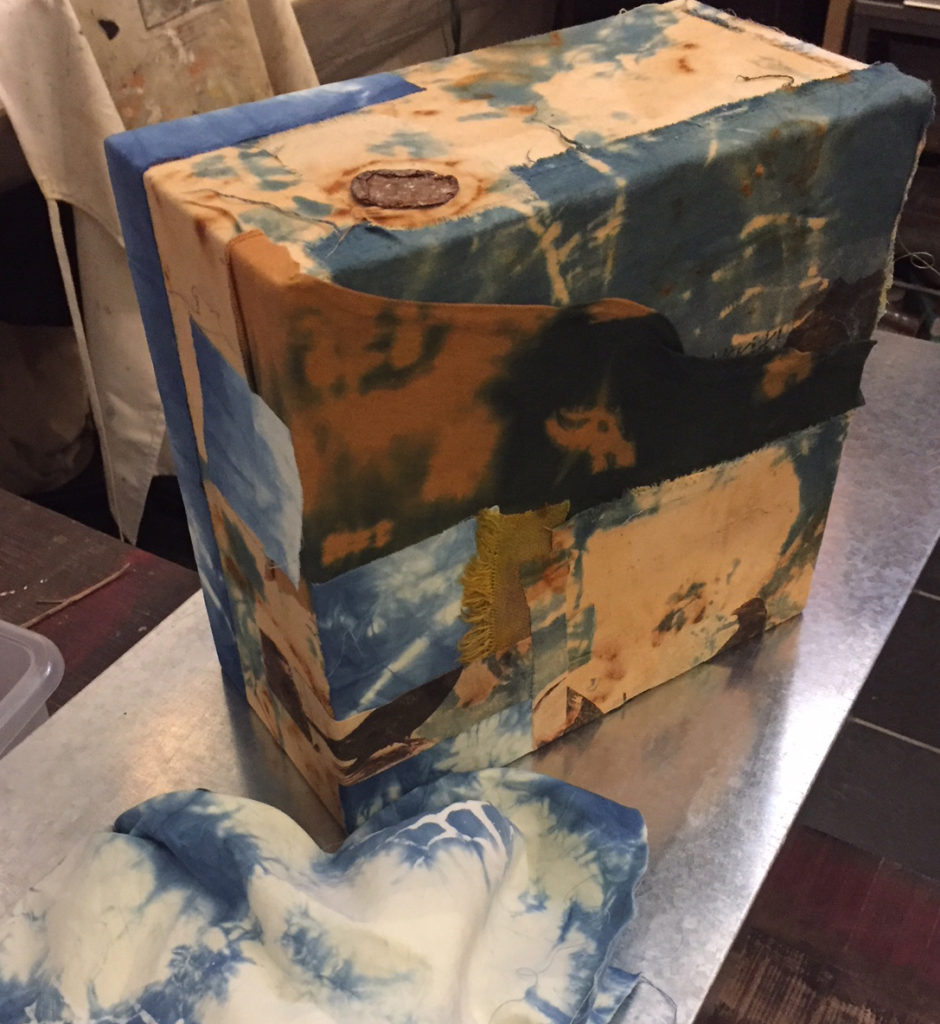
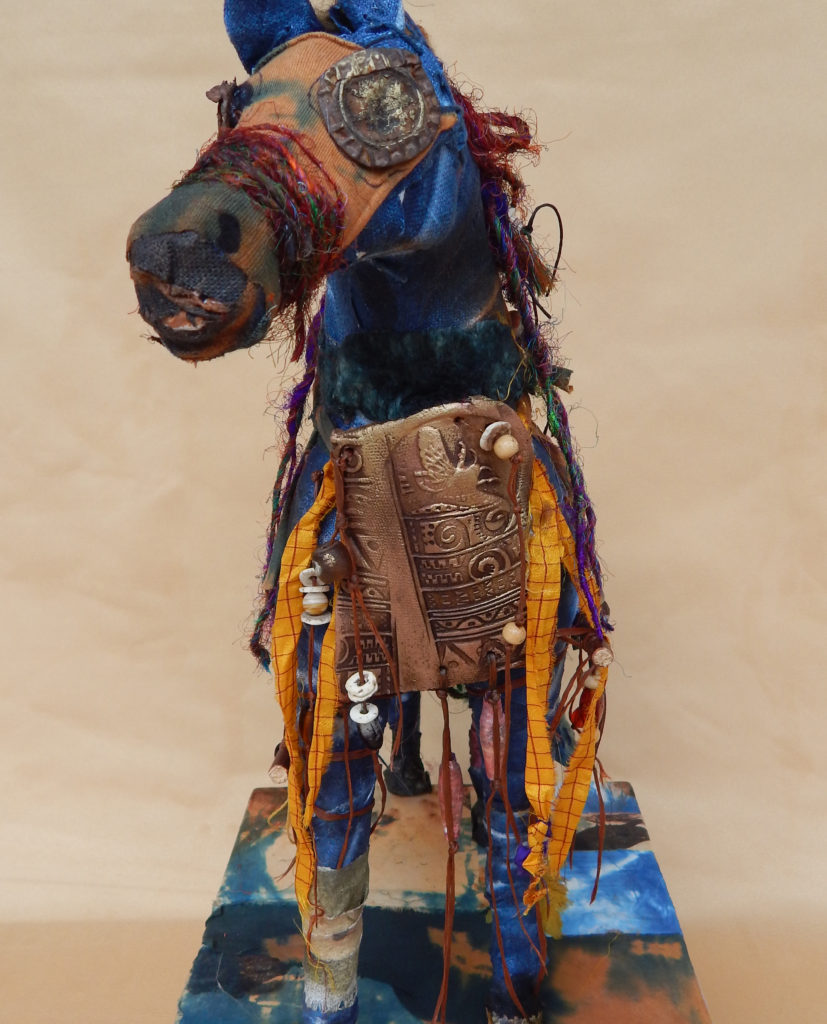
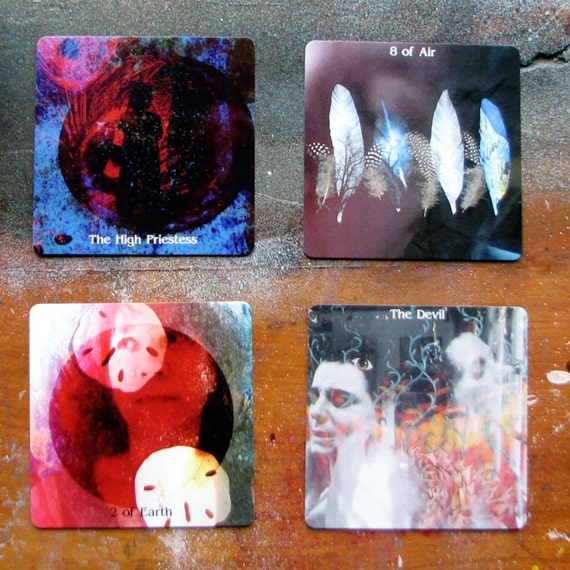
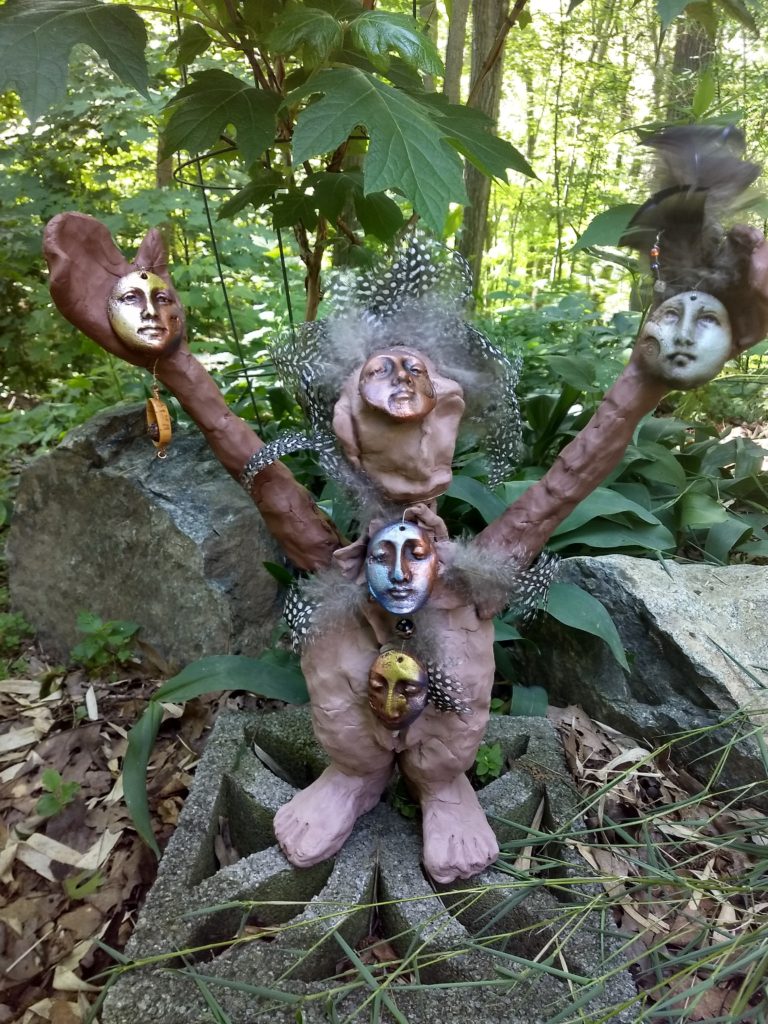
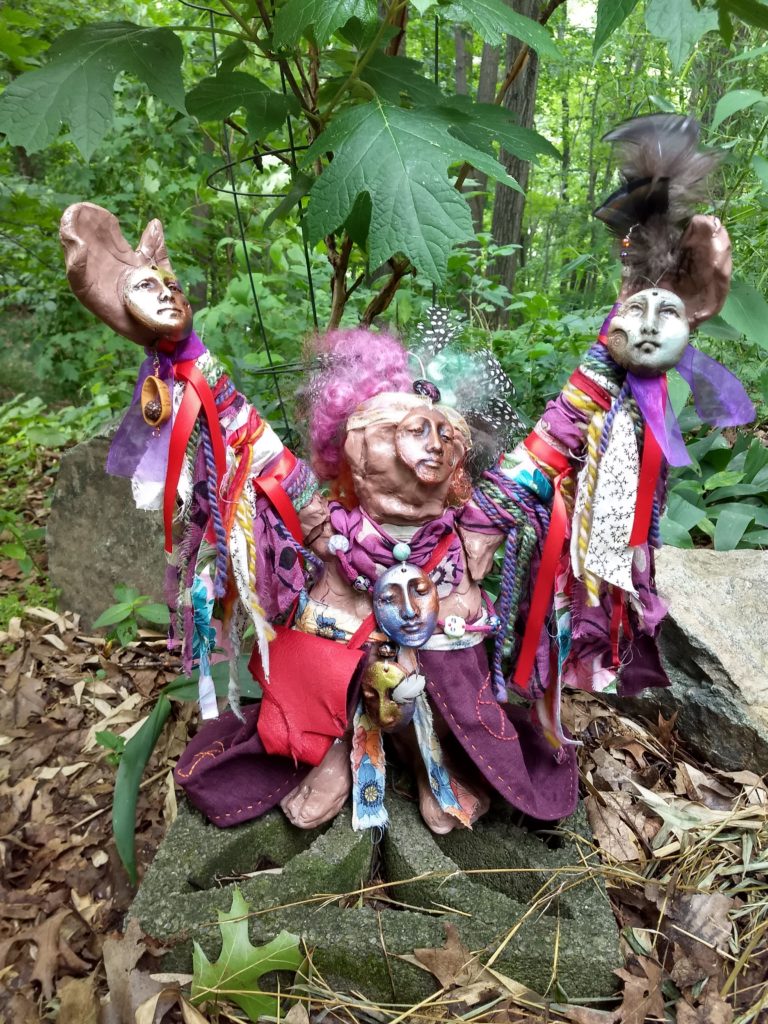
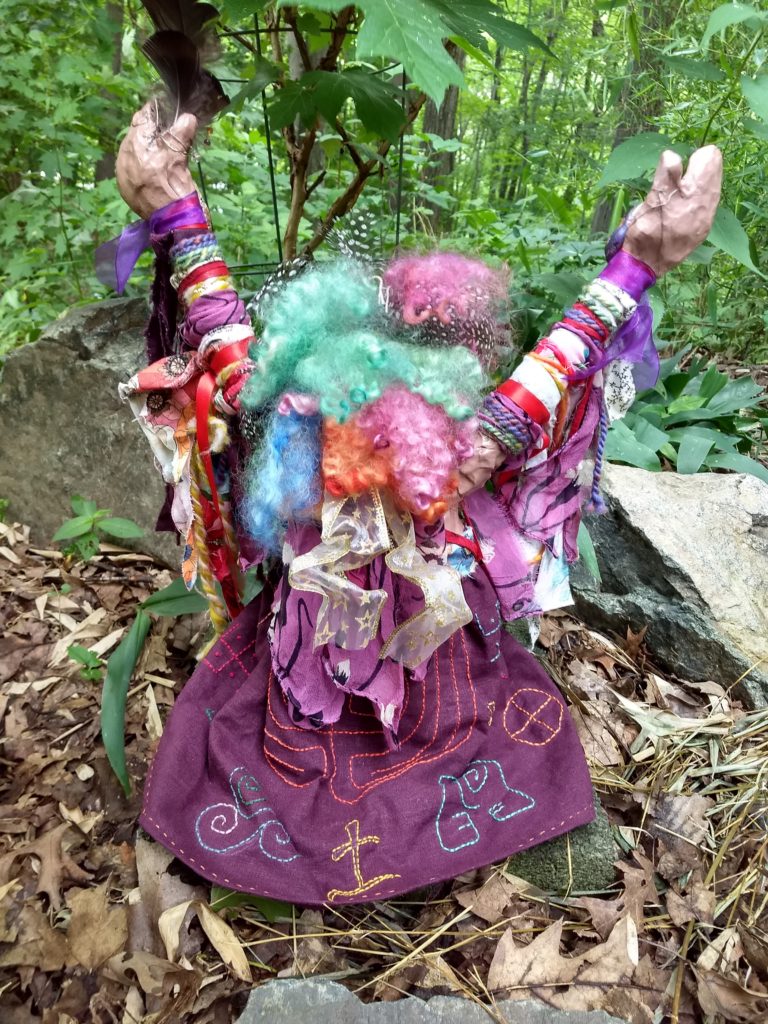

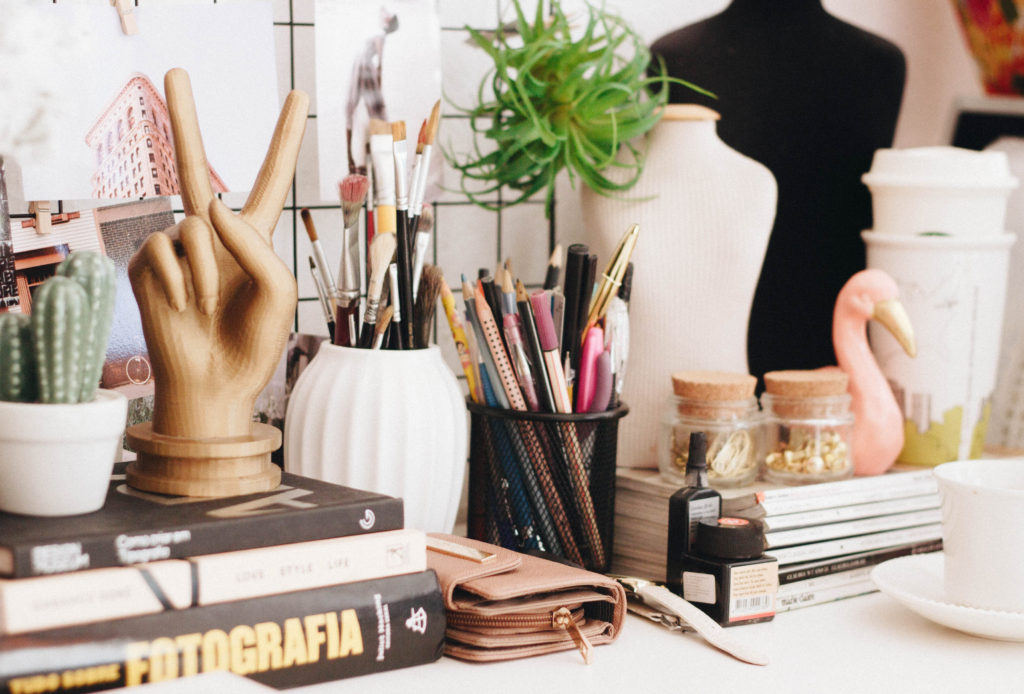
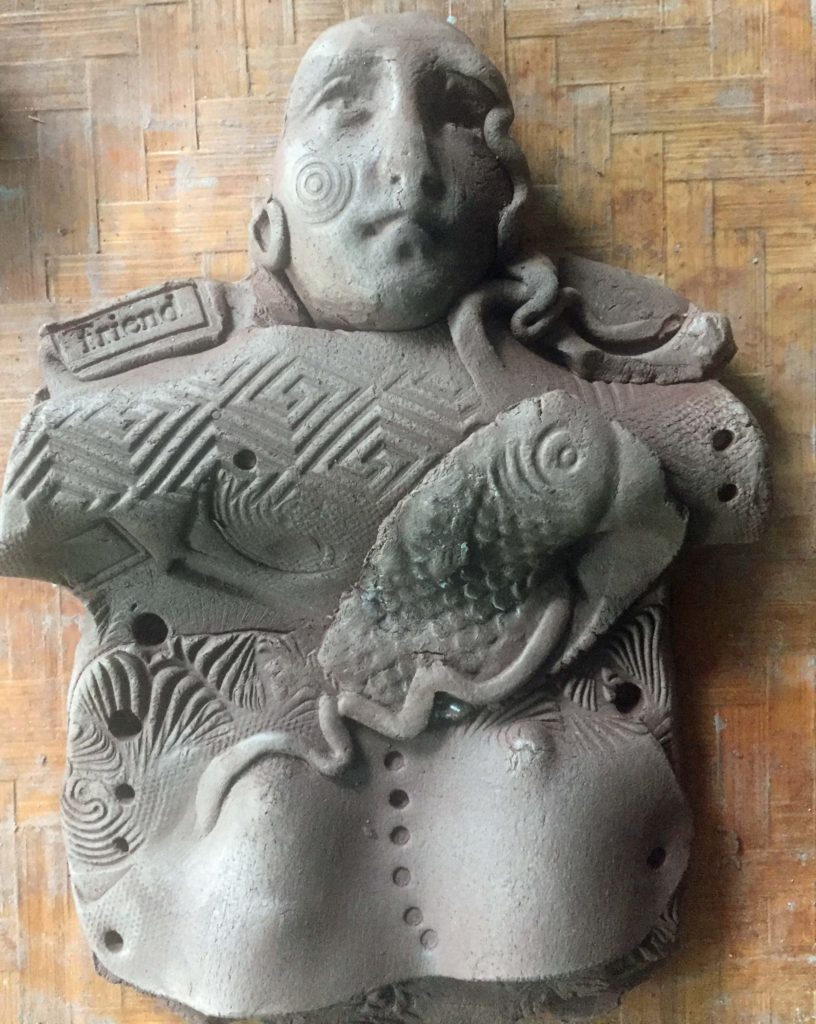

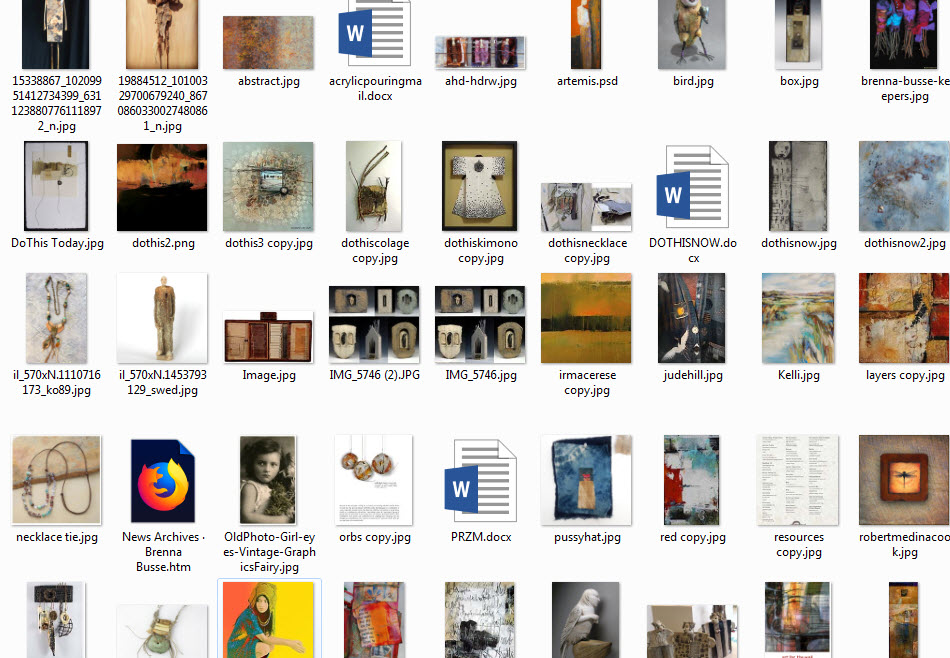


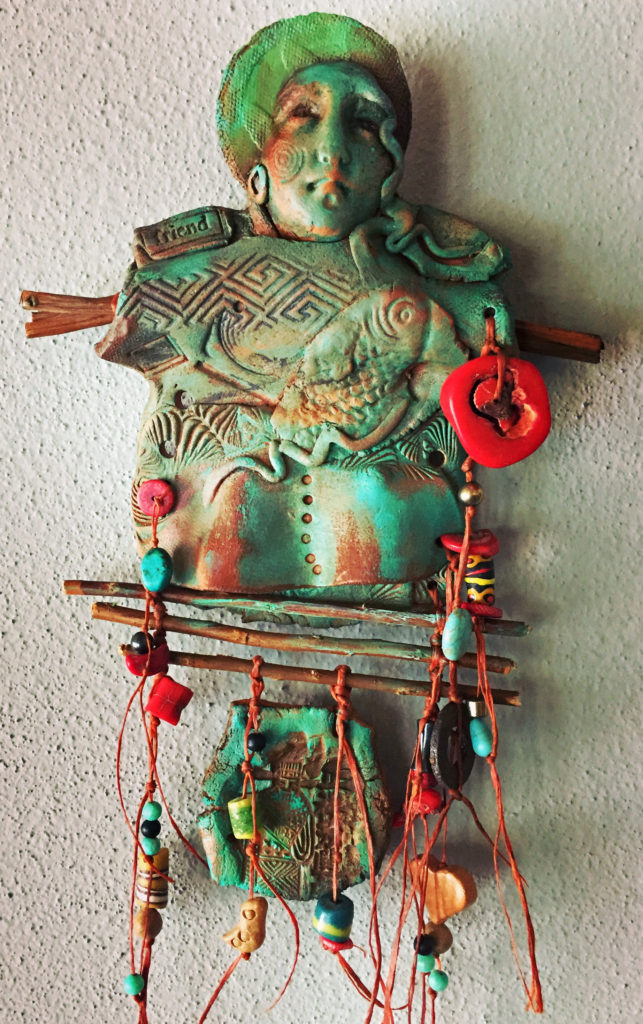

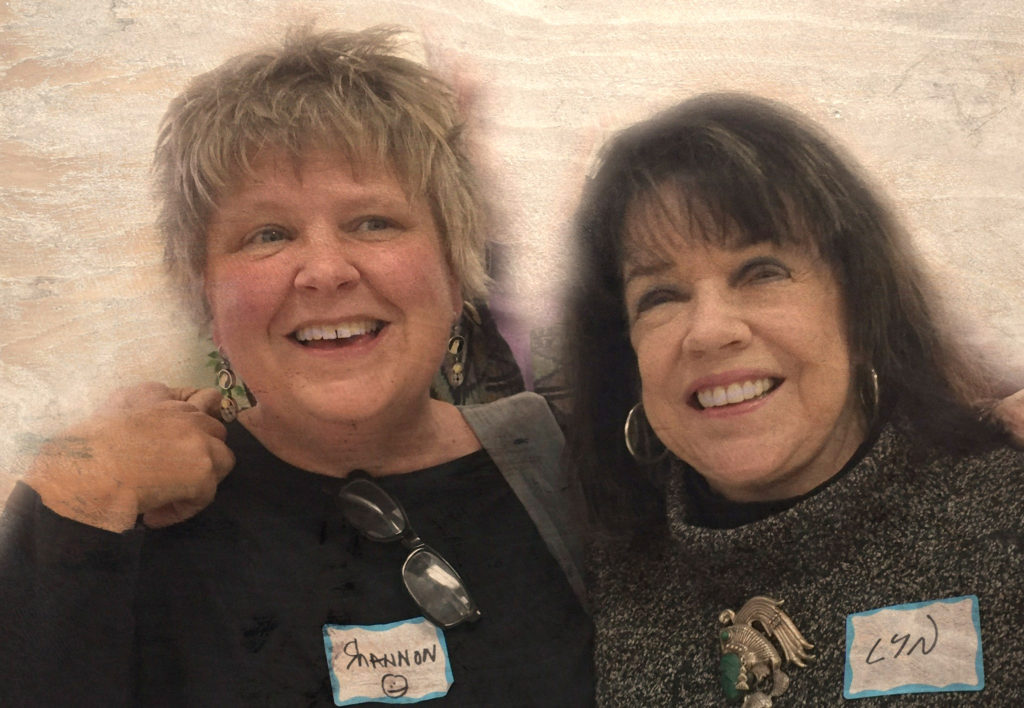

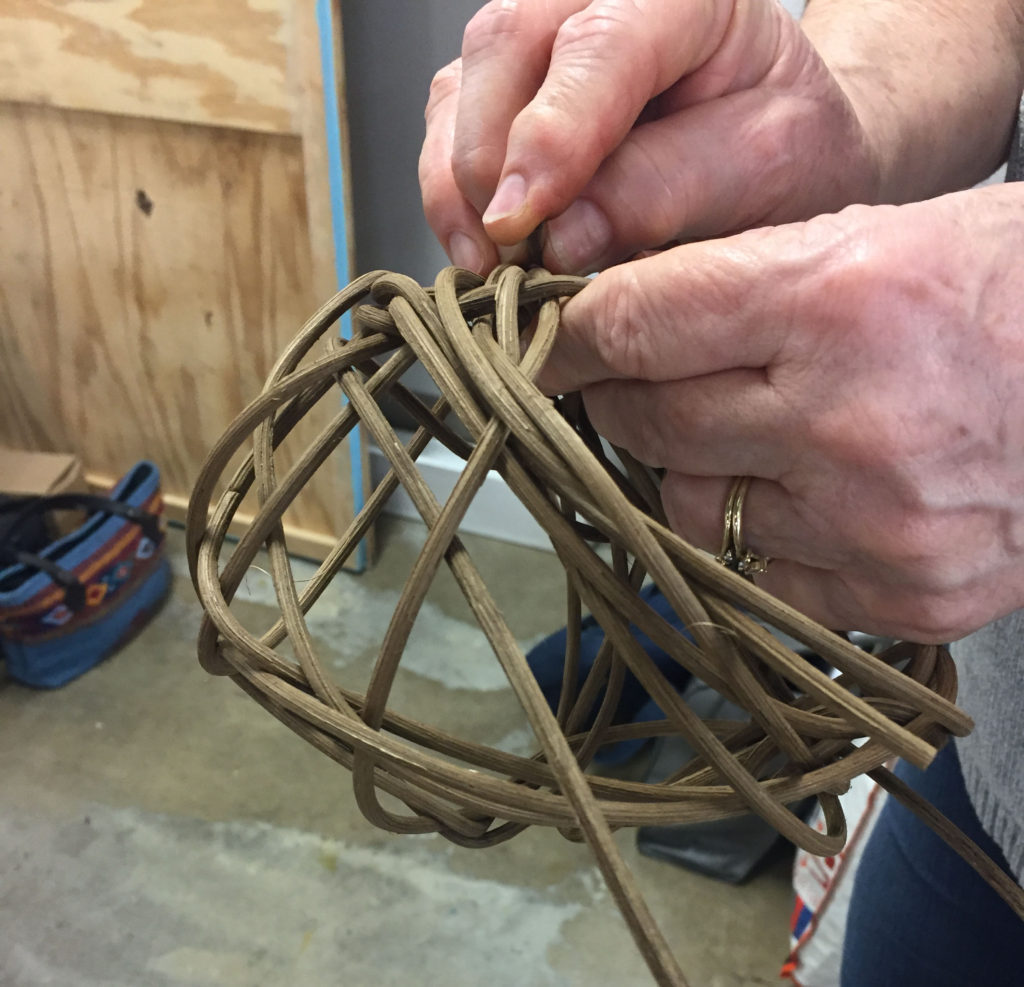

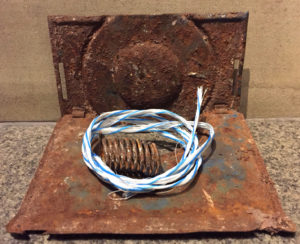


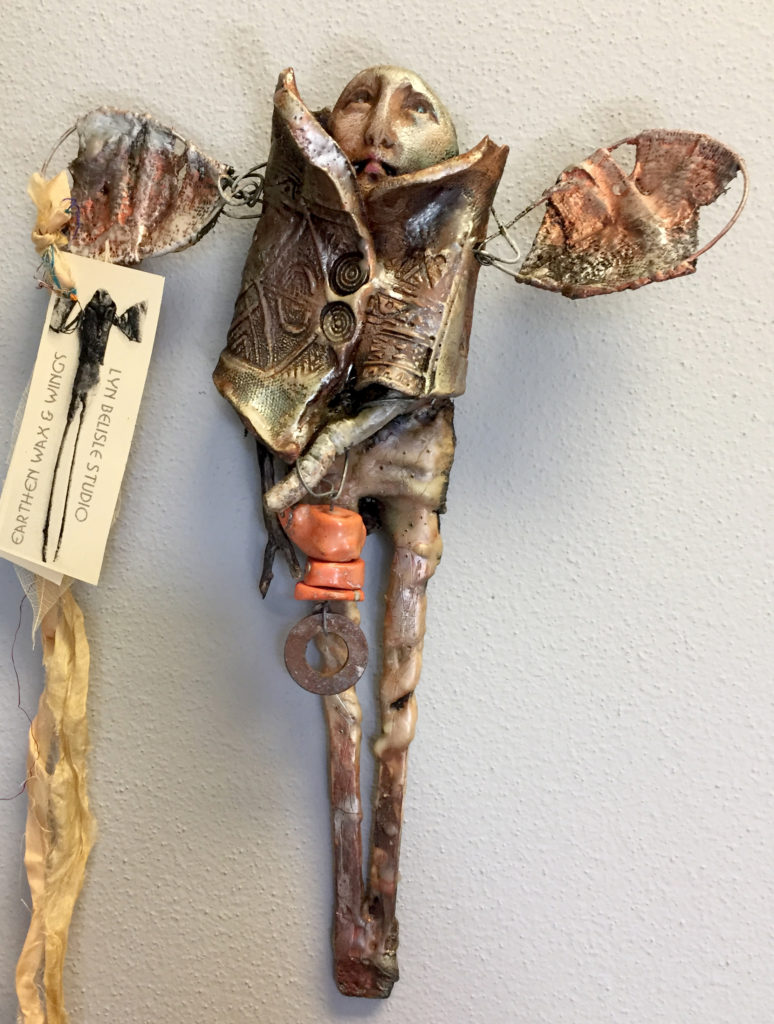

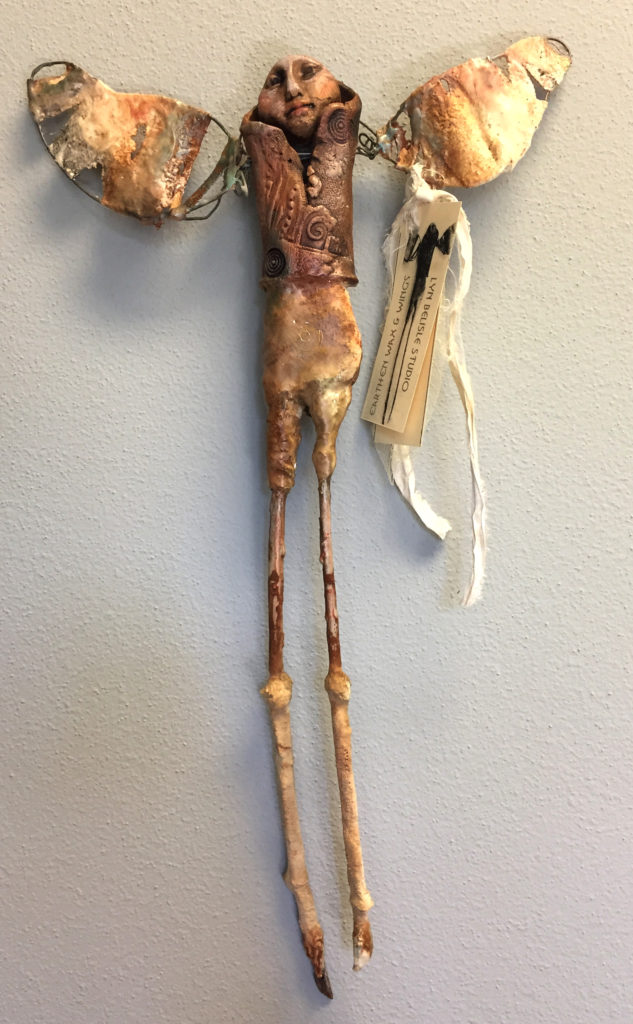


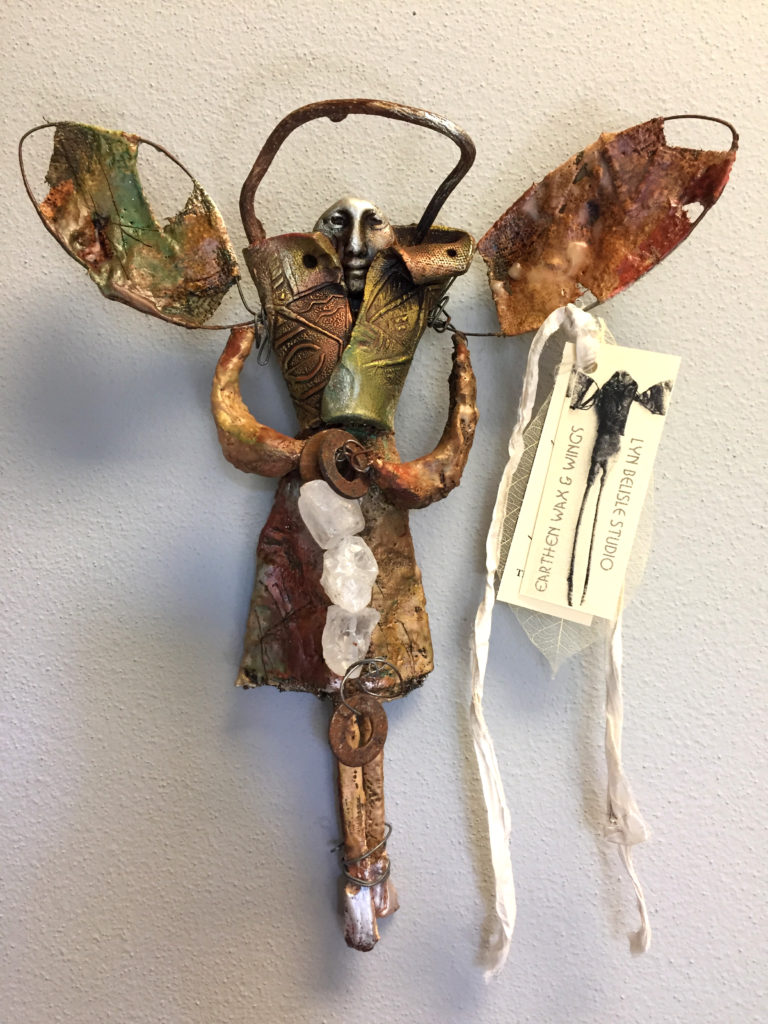 And here’s the “Messenger” – kind of androgynous? I guess they all are. Wings are non-gender specific!
And here’s the “Messenger” – kind of androgynous? I guess they all are. Wings are non-gender specific!